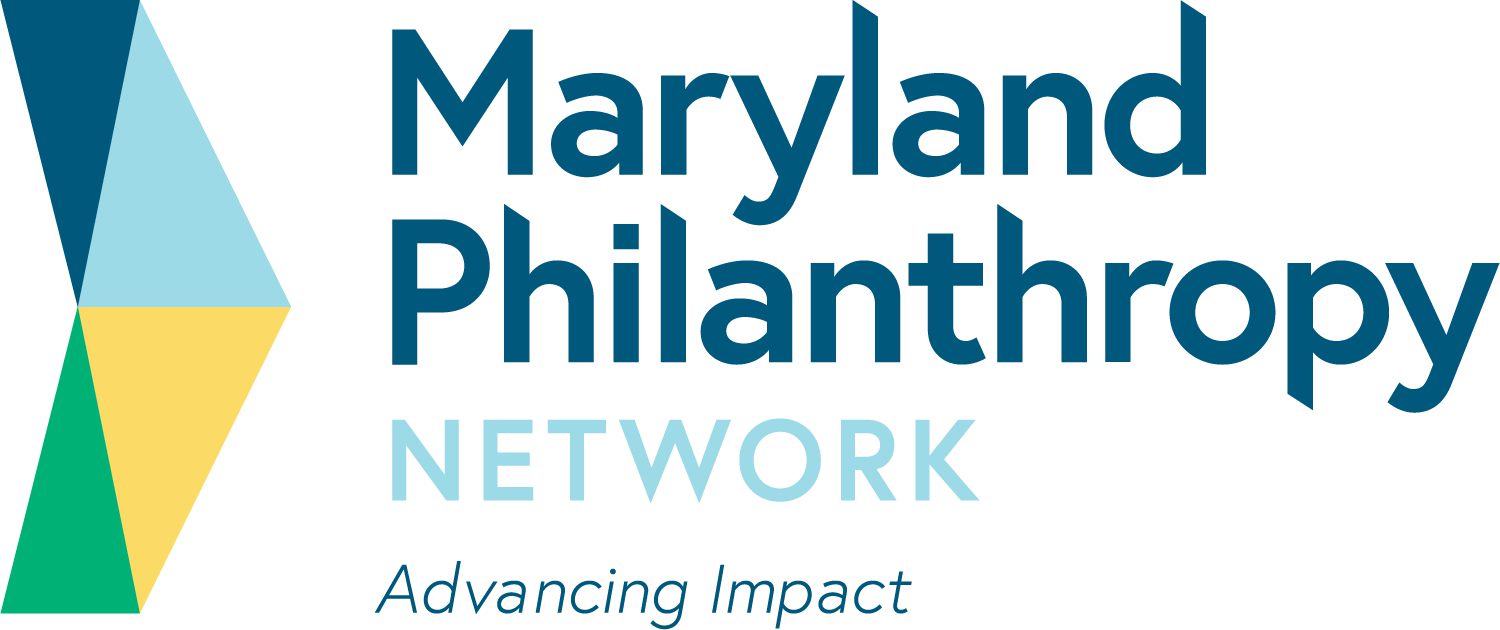Here’s What We're Learning About Donors of Color
Over the years, Inside Philanthropy has compiled lists of top donors of color across different industries, including donors of color in tech, top Black philanthropists on Wall Street and top Indian-American philanthropists. These pieces reflect a lot of research we’ve been compiling as America’s ethnic landscape changes.
By 2050, America will be majority nonwhite and these demographic shifts will have implications for philanthropy. Historically, the largest sums of money flowing from individual donors have come from white men. But people of color are also part of the American philanthropic story, and are likely to play an increasing role in the coming decades.
One of my big takeaways as I’ve written about individual donors of color is how far under the radar they can fly. The sector often focuses on the most eye-popping gifts, or gifts made by familiar figures. But if the narrative is going to change, those of us in the philanthrosphere need to be looking in new directions. Sarah Shanley Hope of the Solutions Project made an interesting point to me once about making sure donors of color feel comfortable bringing their stories to the fore. “They really can claim that leadership space, and I think it is really important to disrupt philanthropy,” she said.
There are people out there deeply dedicated to reshaping the narrative. Ashindi Maxton, co-founder of Donors of Color Network, Tyrone McKinley Freeman at the Lilly Family School and others have spoken to me at length about the power of giving circles and how donors of color have leveraged collective giving. And Black Philanthropy Month emphasizes a story not just about a wealthy few, but about regular people committed to giving back whatever they can.
Click here to read the full article.
Source: Inside Philanthropy
FIND MORE BY:

